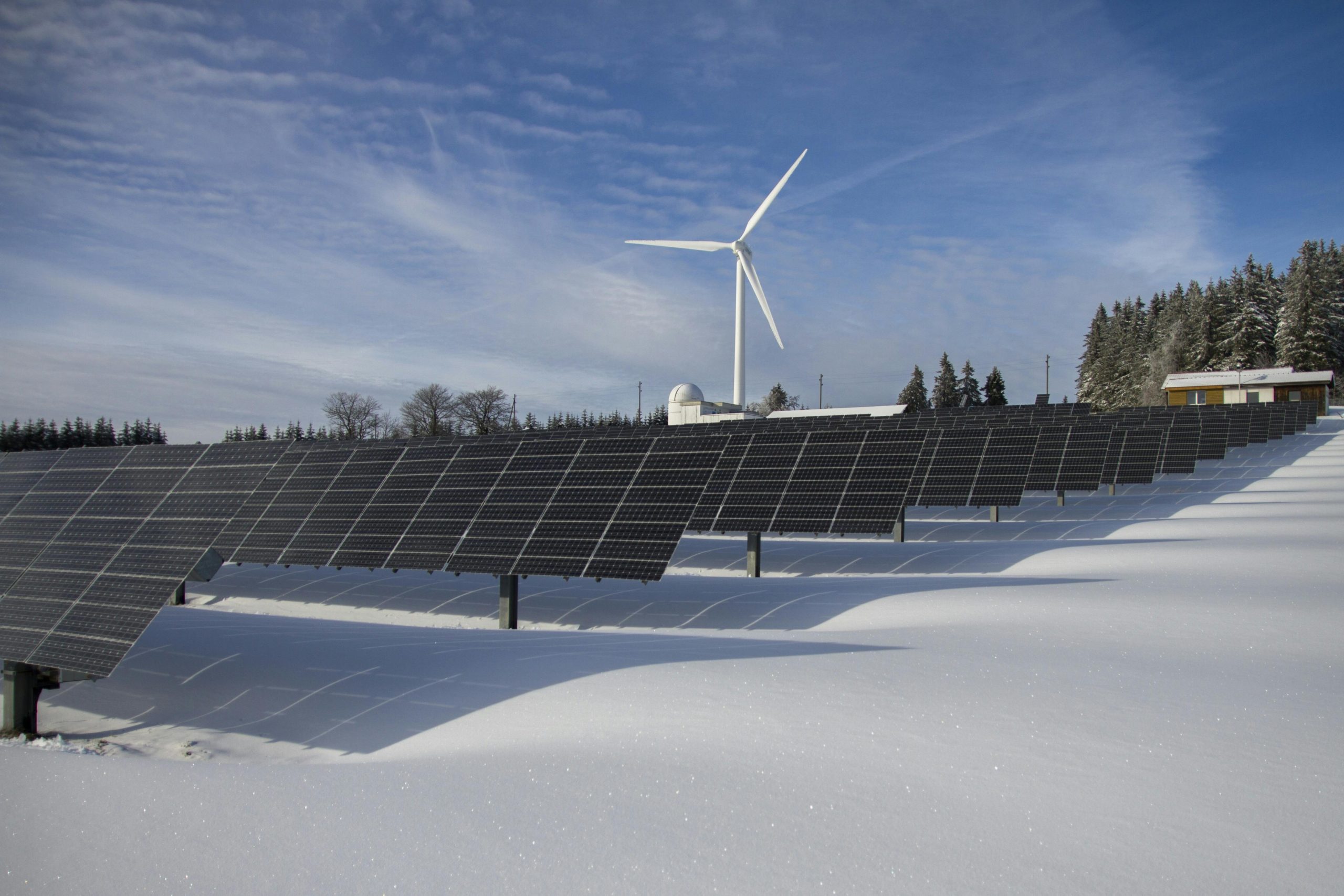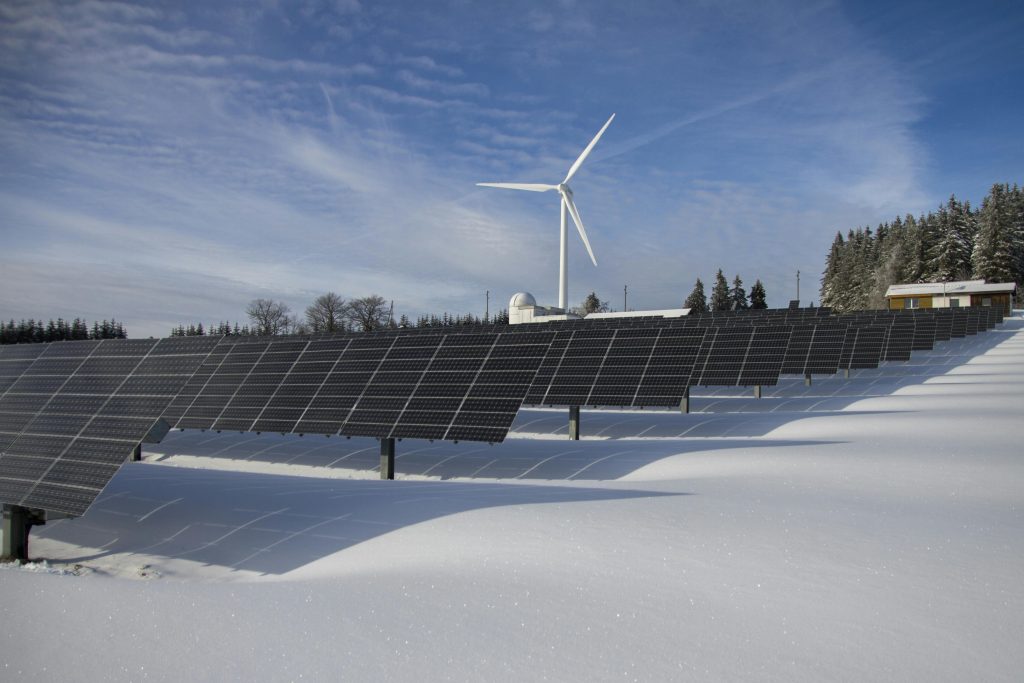
How Renewable Energy is Transforming Our Power Choices
Introduction to Renewable Energy
Renewable energy is reshaping the way we power our homes and businesses. These sustainable energy sources offer a cleaner, more efficient alternative to traditional fossil fuels, from solar panels to wind turbines. Whether you’re looking to switch to a Dallas electricity company that offers renewable energy options or exploring ways to make your home greener, the benefits are immense. Traditional energy sources, such as coal and natural gas, have long been the mainstay of power generation. However, these resources’ environmental impact and finite nature make them less desirable long-term. This is where renewable energy steps in as a viable alternative, offering both environmental and economic benefits.
Solar, wind, hydro, and geothermal energy are examples of renewable energy sources that use natural processes to produce electricity. Renewable energy sources are environmentally friendly and have a negligible environmental influence, unlike fossil fuels which release toxic pollutants and contribute to air pollution. A major difference is being made in the fight against global warming as more people and communities turn to renewable energy alternatives as awareness of climate change rises globally.

Benefits of Renewable Energy Sources
- Reduction of greenhouse gas emissions: Renewable energy sources like wind and solar do not produce carbon dioxide during operation, leading to cleaner air. Improving general air quality and lessening the effects of climate change are two benefits of reducing greenhouse gas emissions. This shift directly impacts public health, as fewer pollutants in the air mean fewer respiratory and cardiovascular issues among the population.
- Decreased reliance on finite resources: Unlike fossil fuels, renewable energy sources are abundant and will not run out. This ensures a stable and secure energy supply for future generations. By tapping into the sun, wind, and water power, societies can reduce their dependency on imported fuels, enhancing energy security and minimizing geopolitical tensions over energy resources.
- Lower energy costs over the long term: While the initial setup may be costly, renewable energy systems often lead to significant savings on utility bills over time. Solar panels, for instance, can drastically reduce annual electricity expenses for households and businesses. Renewable energy technologies are also becoming more affordable due to economies of scale and technological improvements, opening up new markets.
- Creation of green jobs and stimulation of the economy: The renewable energy sector is a significant source of job creation, with roles ranging from installation and maintenance to research and development. Investing in renewable energy projects boosts regional economies, creates jobs, and promotes expansion. As the industry expands, it drives innovation, developing new technologies and business models that promote sustainability.
Challenges in Transitioning to Renewable Energy
The shift to renewable energy is not without its challenges. Issues such as initial setup costs, energy storage, and resource variability (e.g., sunlight and wind) must be addressed. For instance, a study by NBC News highlights the financial hurdles some U.S. cities face in making this transition. These up-front expenses may be a major obstacle, particularly for smaller towns with tighter finances.
Energy storage technologies, such as batteries, are crucial in addressing the variability of renewable energy sources. However, current storage solutions can be expensive and have limited capacity, making them less practical for large-scale applications. Continued research and development in this area are essential to improve the efficiency and affordability of energy storage systems, enabling a more seamless integration of renewables into the existing energy grid. Another challenge is the need for updated infrastructure and grid modernization to accommodate renewable energy generation’s dispersed and variable nature. Upgrading transmission lines, implementing smart grids, and enhancing grid management systems are necessary to ensure renewable electricity’s reliable delivery.
Innovative Solutions and Technologies
Advancements in technology are helping to overcome many of the obstacles associated with renewable energy. Smart grids, improved battery storage, and new materials for solar panels are just a few examples. According to a CNN report, these innovations are crucial for achieving wider adoption and efficiency. Smart grids, for instance, enable real-time monitoring and management of energy flow, optimizing the distribution and utilization of renewable energy resources.
Another benefit of improved battery storage technology is the ability to store extra energy produced during peak production hours for use during low renewable generation periods, such as at night or on cloudy days. This guarantees a consistent and dependable power supply even without active electricity generation from renewable resources. In addition, developments in solar panel technology, such as creating bifacial modules and perovskite cells, are raising the cost and efficiency of solar energy systems. Due to these advancements, solar electricity is becoming more affordable and available to a wider range of people.
The Role of Policy and Community Engagement
Incentives and policies from the government are essential for advancing renewable energy. Community engagement and awareness campaigns also help garner public support and accelerate the adoption of clean energy solutions. Policies such as tax credits, subsidies, and renewable energy mandates provide financial incentives for individuals and businesses to invest in renewable energy systems. Additionally, regulatory frameworks prioritizing clean energy development and setting ambitious targets for renewable energy generation are essential for driving industry growth.
Community engagement is equally important in fostering a culture of sustainability and encouraging the adoption of renewable energy. Public awareness campaigns, educational initiatives, and grassroots movements can inspire individuals to take action and support renewable energy projects in their local communities. By involving residents in decision-making processes and showcasing the benefits of renewable energy, communities can build a strong foundation for a sustainable future.
Conclusion
A sustainable future requires a move toward renewable energy. Even in the face of ongoing obstacles, proactive policies and creative solutions make greener, more efficient electricity options possible. Both individuals and communities must accept these changes to preserve a healthy planet for the coming generations. We can all work together to create a more robust and sustainable energy future by investing in renewable technologies, making educated decisions, and lobbying for favorable laws.










